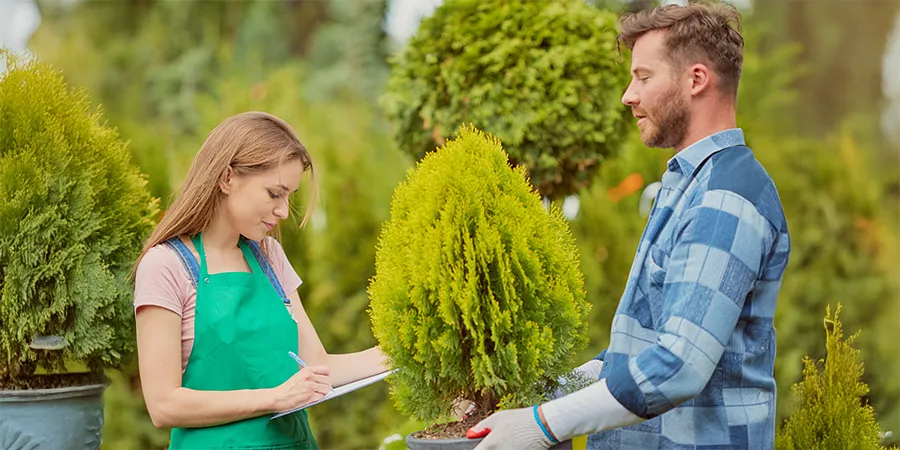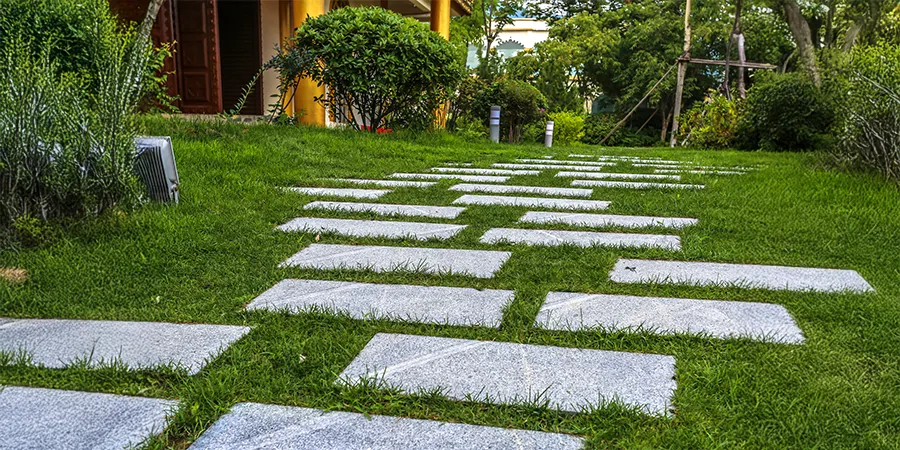If you’ve ever dreamed of stepping outside and picking fresh greens and herbs for a meal, then growing salad in raised beds is the perfect solution. Whether you’re a seasoned gardener or a beginner, growing salad greens and herbs in a raised bed is an easy, manageable way to enjoy fresh produce right at your doorstep.
When I first started vegetable gardening, I was living in a small apartment in London. My growing space was limited to a tiny balcony and a few indoor containers. But once I moved into suburban life with a backyard, I quickly embraced the joy of raised beds.
Raised garden beds are simple, space-efficient, and versatile—making them the perfect choice for a salad garden. Today, I’m excited to share my experiences and tips on how to grow your own salad garden in a raised bed, even if you’re just starting out.
Why Raised Beds Are Perfect for Salad Gardens
One of the greatest benefits of raised beds is how adaptable they are to different spaces and gardening needs. Whether you’re working with a small patio or a larger backyard, raised beds provide control over your growing environment. You can customise the soil, manage watering easily, and keep pests at bay, all while creating a neat and organised garden space.

Raised beds are also ideal for growing salad greens and herbs because these plants don’t require deep soil. Lettuce and herbs thrive in shallow soil, and raised beds make it easy to ensure good drainage, which is crucial for these types of plants. Plus, if you have limited mobility or just prefer not to bend down to ground level, a raised bed can be built at a height that’s convenient for you.
Choosing the Right Location for Growing Salad in Raised Beds
The first step to a successful salad garden is choosing the right location for your raised bed. Salad greens and herbs love the sun, so you’ll want to find a spot that receives at least six hours of direct sunlight each day. If you’re like me, finding that perfect sunny corner in your backyard can be a game-changer.
Make sure your raised bed is in a spot with good drainage. If you’re placing it on grass or soil, consider lining the bottom with landscaping fabric to prevent weeds from creeping in. If you’re setting up on a patio or paved surface, ensure that water can drain out of the bed easily to avoid waterlogged roots.
The Ideal Soil Mix for Salad Greens and Herbs
The beauty of raised beds is that you have complete control over the soil. For salad greens and herbs, you’ll want to create a light, nutrient-rich mix. A blend of compost, peat moss, and organic garden soil works wonders for these plants.
When I first started using raised beds, I filled it with a blend of potting mix, garden soil and Bokashi compost, a mix that I now swear by! It’s important to have soil that retains moisture but drains well, as lettuce and herbs don’t like sitting in soggy soil.
One tip I’ve learned over the years is to refresh the soil in your raised bed each growing season. Simply top it up with fresh compost or organic matter to keep the soil rich and productive.

Best Salad Greens for Raised Bed Gardening
When it comes to growing your own salad garden, lettuce is the star of the show. There are many varieties to choose from, and raised beds allow you to grow several types side by side. Some great options include:
- Romaine lettuce – Crisp and versatile, perfect for salads or wraps.
- Butterhead lettuce – Soft, tender leaves, great for light summer salads.
- Leaf lettuce – Fast-growing and perfect for continuous harvesting.
Other fast-growing greens that thrive in raised beds include:
- Spinach – Nutrient-rich and easy to grow.
- Arugula – Adds a peppery flavour to your salads.
- Kale – A hardy green that grows well even in cooler weather.
GARDENING TIP: For extended harvesting, try succession planting by sowing new seeds every few weeks. This ensures a steady supply of fresh greens throughout the season.
Essential Herbs for Your Salad Garden
No salad garden is complete without a few herbs. Some excellent choices for raised bed gardening include:
- Basil – A fragrant herb that pairs well with fresh tomatoes and salads.
- Parsley – A versatile herb that compliments most salad greens.
- Chives – Adds a mild onion flavour, great for dressings and garnishes.
- Cilantro – Perfect for adding a fresh, citrusy note to salads.
Herbs are not only useful for flavour but also beneficial as companion plants:
- Basil helps repel aphids and enhances the growth of lettuce.
- Chives and parsley can deter unwanted pests and promote healthy plant growth.
In my garden, these herbs have become essential, and I love snipping fresh parsley or chives right before tossing them into a salad. They’re easy to grow, require little space, and add incredible flavour to your meals.

Watering and Caring for Your Salad Bed
One of the key aspects of growing a successful salad garden in a raised bed is proper watering. Salad greens and herbs prefer consistently moist soil, but they don’t like being waterlogged.
Raised beds make it easy to manage watering, as the well-draining soil prevents roots from sitting in excess water.
I recommend watering in the morning to give the plants time to absorb moisture before the heat of the day.
Mulching is also a great way to retain moisture in your raised bed. A thin layer of straw or compost around your plants will keep the soil cool and prevent it from drying out too quickly.
Harvesting and Enjoying Your Salad Garden
The best part of growing your own salad garden is, of course, harvesting! Lettuce and other salad greens can be harvested when the leaves are young and tender, making for the freshest, most flavourful salads.
I typically start picking outer leaves when they’re about 4-6 inches tall, allowing the plants to keep growing.
Herbs can be snipped regularly, which actually encourages more growth. There’s nothing quite like the satisfaction of harvesting fresh basil, parsley, or cilantro to add to a salad you’ve grown yourself.
At home, my kids love getting involved in harvesting from the garden. It’s a great way to teach them about where their food comes from, and they’re always excited to eat what they’ve picked.
Conclusion: Start Growing Salad in Raised Beds Today!
Growing your own salad garden in a raised bed is one of the simplest and most rewarding ways to enjoy fresh, healthy food at home. Whether you’re working with a small space or a large backyard, you can start somewhere and create a thriving garden that fits your needs.
Remember, it doesn’t have to be complicated—start with a few lettuce seeds, some herbs, and a little care, and soon enough, you’ll be harvesting fresh salads straight from your garden. I hope this guide to growing salad in raised beds inspires you to get growing and enjoy the delicious rewards of your own raised bed salad garden!
Thanks go to this month’s blog contributor, Elle Reed from The Potager Project.
Elle Reed is a passionate gardener and advocate for teaching beginner gardeners how to grow their own food. Elle’s mission is to inspire and empower people to get back to basics, grow their own produce, and embrace a sustainable lifestyle.
“Whether it’s a few herb pots in an apartment, a potager or a full garden plot, we can all ‘start somewhere’ to grow our own food, and in doing so, provide healthier food for ourselves and those we love”.



